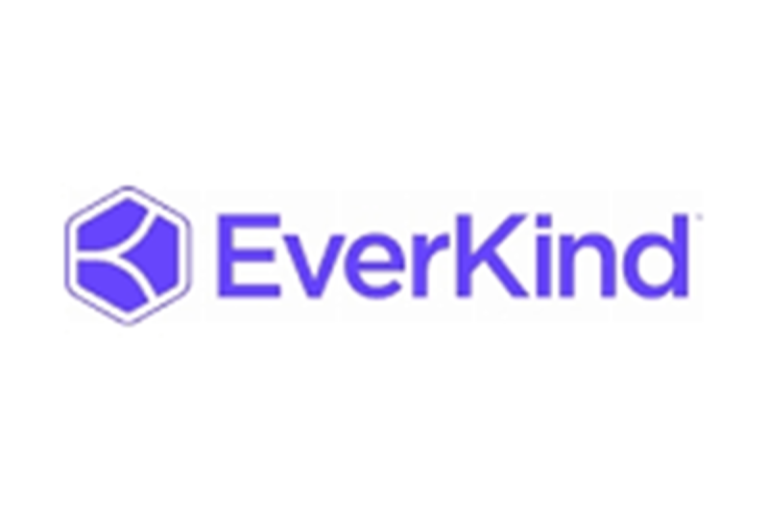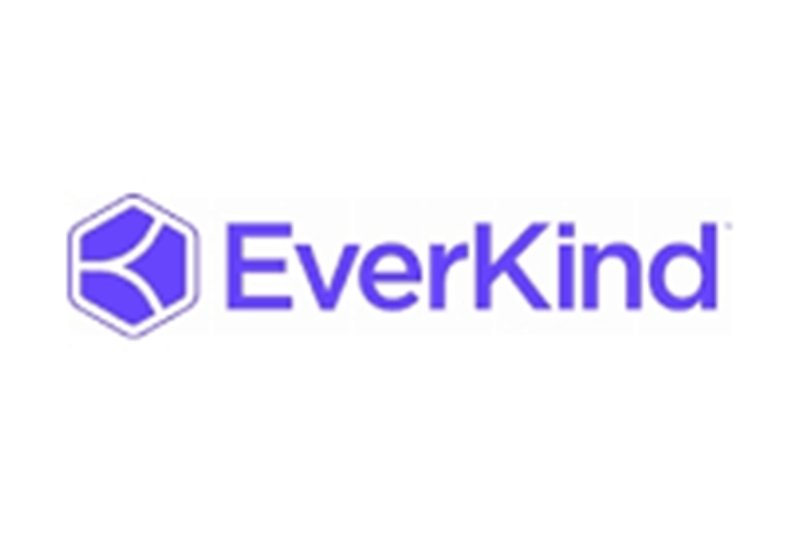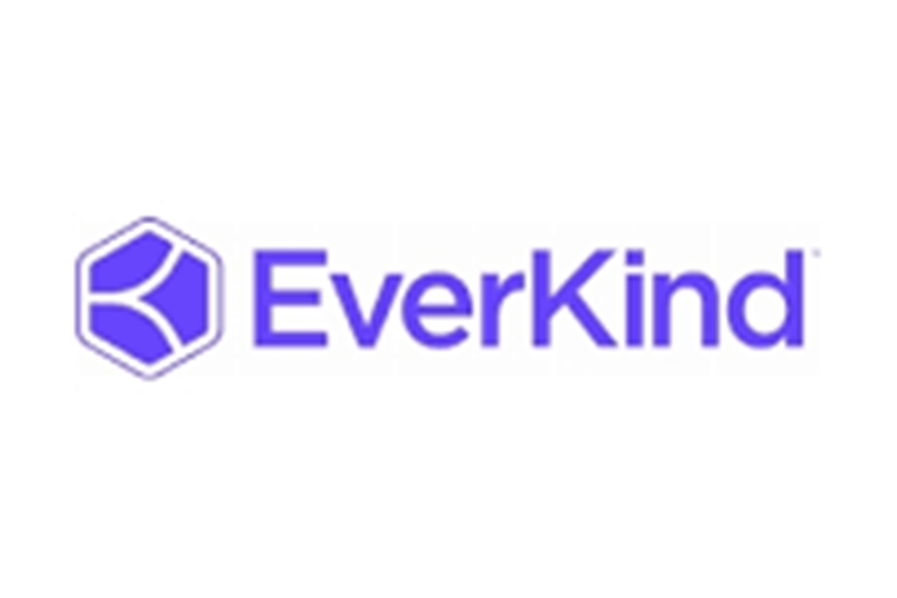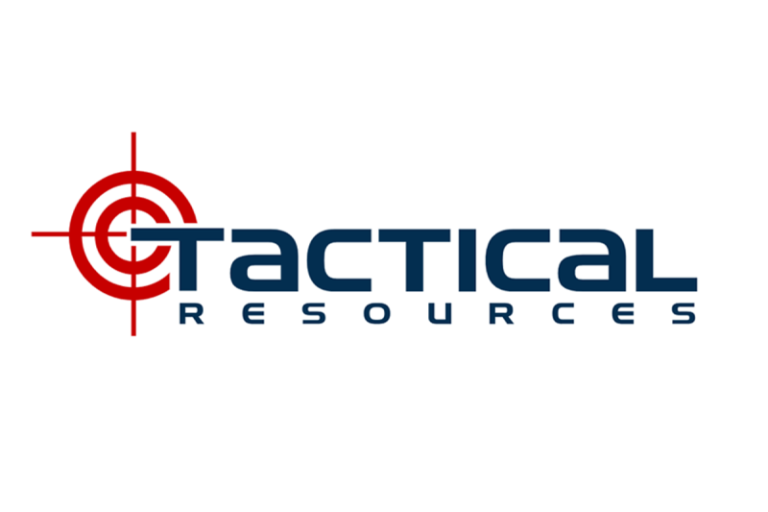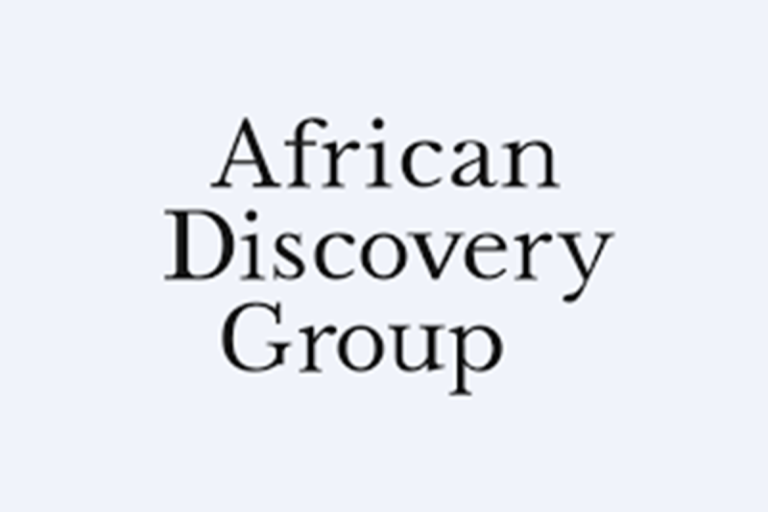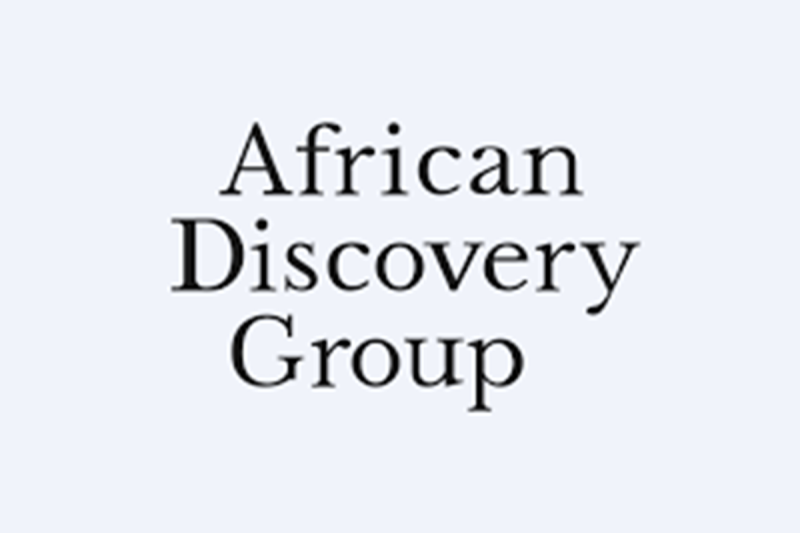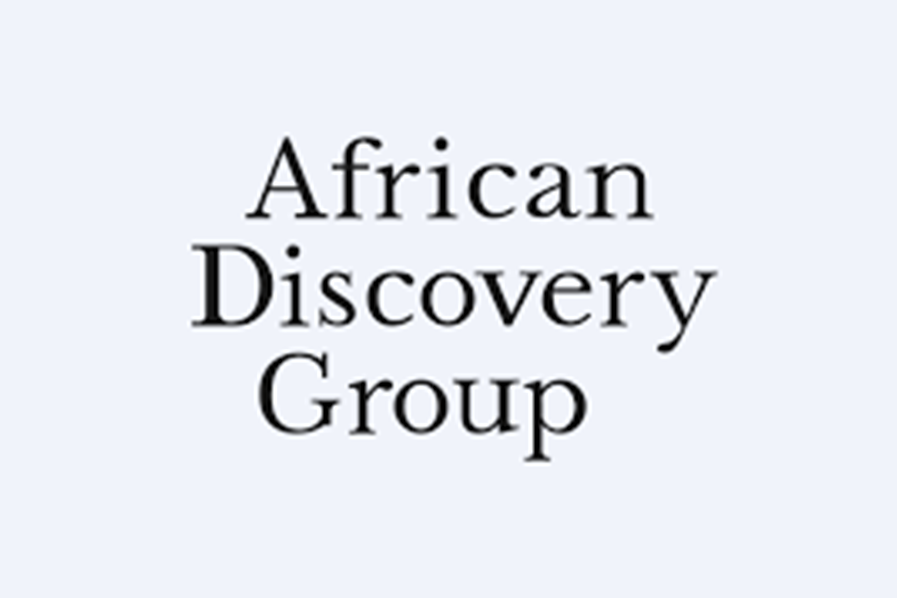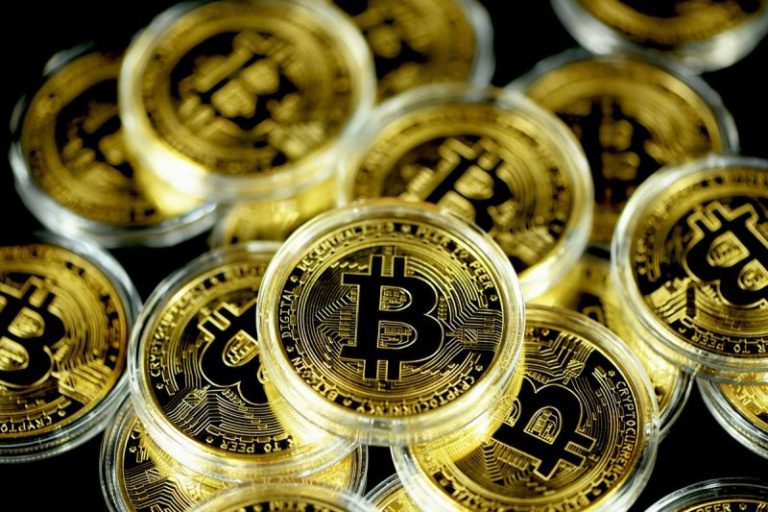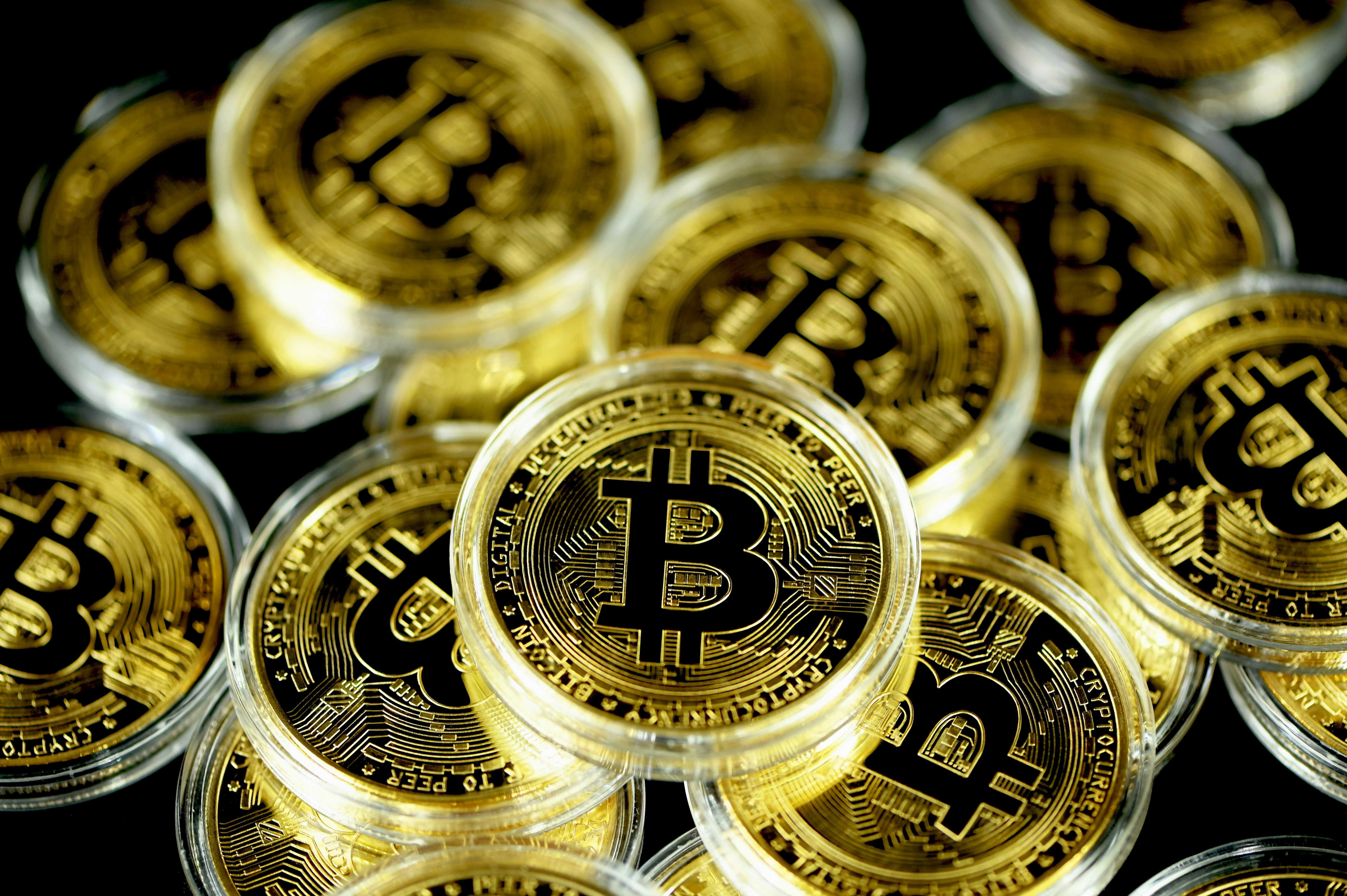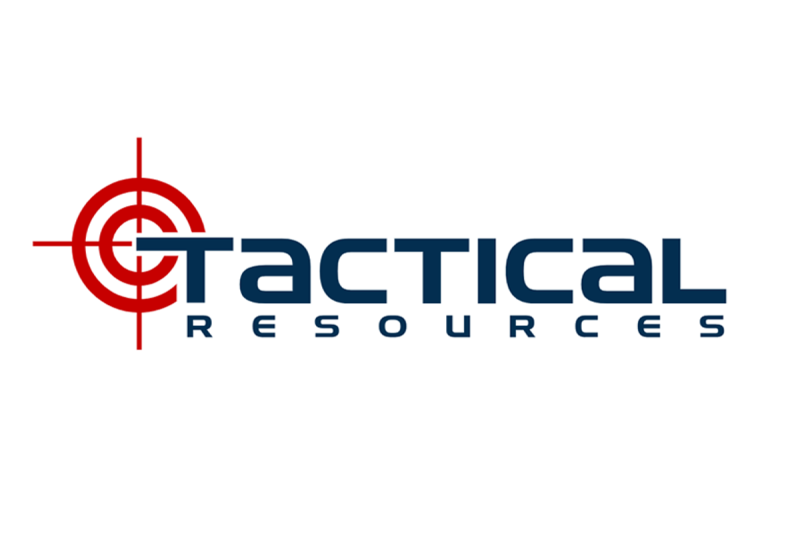
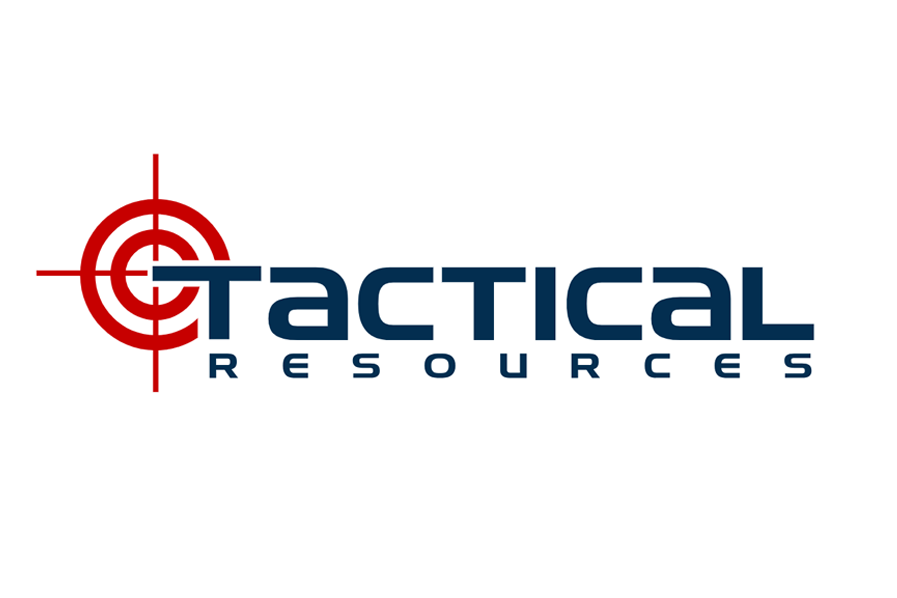
Tactical Resources Corp (TSXV:RARE)(OTC PINK:USREF) (“Tactical Resources” or the “Company”), a mineral exploration and development company, today announced a business update.
Nasdaq Transaction and U.S. Government Relations Progress
Tactical Resources continues to make progress with key project activities and is working to close its previously announced business combination with Plum Acquisition Corp. III (“Plum”), with several key milestones achieved:
- Continued work with prominent Washington, DC lobby firm to support its continued dialogue with key stakeholders in the U.S. government.
- Registration Statement progressing through regulatory review.
- Customary closing conditions are advancing as expected.
- Post-transaction Nasdaq listing anticipated to provide enhanced access to capital markets and provide access to additional funds to advance development strategy at the Peak Project.
“Our project work continues to demonstrate the promising potential of our direct-to-leach extraction process, positioning us uniquely in the rare earth elements sector,” said Ranjeet Sundher, CEO and Director of Tactical Resources. “We are actively engaging with key industry players regarding initial potential offtake discussions, which represents a significant step forward in our go-to-market strategy. Additionally, we have engaged experienced policy advisors to enhance our efforts in Washington D.C., ensuring we remain aligned with U.S. national critical minerals initiatives and defense priorities.”
Additional information may be found in the updated Tactical Resources Corporate Presentation. To sign up for Tactical Resources News Alerts, visit our Website (www.tacticalresources.com).
Market Dynamics
Policy + geopolitics
China tightened rare-earth export controls on Oct 9, 2025, expanding licensing and targeting defense and semiconductor end-uses-escalating supply-security risk for non-Chinese buyers.
U.S. federal support increased materially in 2025. In July 2025, the U.S. Department of Defense (DoD) announced a multi-billion-dollar public-private partnership with MP Materials to accelerate domestic magnet independence; contemporaneous reporting noted price floors for key REEs and a new large-scale magnet factory plan.
The Administration also pursued broader critical-minerals trade/security actions in 2025 (e.g., Section 232-related measures) and reiterated DPA use to expand domestic mineral capacity.
Market indicators
The VanEck Rare Earth & Strategic Metals ETF (REMX)-a liquid proxy for REE equities tracking the MVIS Global Rare Earth/Strategic Metals Index (MVREMXTR)-was +85.76% YTD as of Oct 8, 2025 (AUM ~$1.11B).
Supply-demand snapshots
Strategic context: Recent nonpartisan analysis (Oct 2025) emphasize that the U.S. remains behind on critical minerals/REE resilience and must couple onshoring with allied supply-chain strategies-consistent with the federal actions above.
Implications for Tactical Resources (sector-level)
China control tightening on REE export control, plus a more interventionist U.S. policy environment (price floors, DoD partnerships, DPA/Section 232 activity) tends to raise the option value of near-term, domestic, lower-capex feedstock-to-leach pathways and recycling/tailings-based REE projects-particularly those aligned with defense-relevant magnet materials and capable of accelerating time-to-first-production.
Path Forward
Currently, in addition to advancing the transaction with Plum, Tactical Resources continues to conduct ongoing project work to further analyze the potential of the Peak Project’s rare earth output and refine its growth strategy. Following the anticipated transaction closing, Tactical Resources plans to:
- Complete additional assessments for rare earth extraction and processing.
- Advance Phase 1 demonstration plant development.
- Evaluate near-term value-add opportunities around potential to provide non-dilutive project funding.
- Continue optimization work on the direct-leach extraction process.
This press release has been authorized for issue by Director and CEO of Tactical Resources, Ranjeet Sundher.
About Tactical Resources
Tactical Resources is a mineral exploration and development company focused on U.S.-made rare earth elements used in semiconductors, electric vehicles, advanced robotics, and most importantly, national defense. The Company is also actively involved in the development of innovative metallurgical processing techniques to further unlock REE’s development potential.
Ranjeet Sundher, Chief Executive Officer
Tel: +1-778-588-5483
For additional information, please visit www.tacticalresources.com.
About Plum Acquisition Corp. III
Plum Acquisition Corp. III is a special purpose acquisition company, which engages in effecting a merger, capital stock exchange, asset acquisition, stock purchase, reorganization or similar business combination with one or more businesses. Plum Partners seeks to establish itself as the first-stop SPAC platform for high-quality companies, and the management team’s decades of operational experience leading technology companies, and Plum Partner’s proprietary Accelerating Through the Bell operational playbook, helps companies list and grow in the public markets.
For additional information, please visit https://plumpartners.com/.
The TSX Venture Exchange Inc. has in no way passed upon the merits of the proposed Business Combination and has neither approved nor disapproved the contents of this press release. Neither the TSX Venture Exchange nor its Regulation Services Provider (as that term is defined in the policies of the TSX Venture Exchange) accepts responsibility for the adequacy or accuracy of this release.
Forward Looking Statements
Certain statements included in this press release are not historical facts but are forward-looking statements for purposes of the safe harbor provisions under the United States Private Securities Litigation Reform Act of 1995. All statements other than statements of historical facts contained in this press release are forward-looking statements. Any statements that refer to projections, forecasts or other characterizations of future events or circumstances, including any underlying assumptions, are also forward-looking statements. In some cases, you can identify forward-looking statements by words such as “estimate,” “plan,” “project,” “forecast,” “intend,” “expect,” “anticipate,” “believe,” “seek,” “strategy,” “future,” “opportunity,” “may,” “target,” “should,” “will,” “would,” “will be,” “will continue,” “will likely result,” “preliminary,” or similar expressions that predict or indicate future events or trends or that are not statements of historical matters, but the absence of these words does not mean that a statement is not forward-looking. Forward-looking statements include, without limitation, Plum’s, Tactical Resources’, or their respective management teams’ expectations concerning the outlook for their or Tactical Resources’ business, productivity, plans, and goals for future operational improvements and capital investments, operational performance, future market conditions, or economic performance and developments in the capital and credit markets and expected future financial performance, including expected net proceeds, expected additional funding, the support of key stakeholders in the U.S. government, the percentage of redemptions of Plum’s public stockholders, growth prospects and outlook of Tactical Resources’ operations, individually or in the aggregate, including the achievement of project milestones, commencement and completion of commercial operations of certain of Tactical Resources’ projects, as well as any information concerning possible or assumed future results of operations of Tactical Resources. Forward-looking statements also include statements regarding the expected benefits of the Business Combination. The forward-looking statements are based on the current expectations of the respective management teams of Tactical Resources and Plum, as applicable, and are inherently subject to uncertainties and changes in circumstance and their potential effects. There can be no assurance that future developments will be those that have been anticipated. These forward-looking statements involve a number of risks, uncertainties or other assumptions that may cause actual results or performance to be materially different from those expressed or implied by these forward-looking statements. These risks and uncertainties include, but are not limited to, (i) the risk that the Business Combination may not be completed in a timely manner or at all, which may adversely affect the price of Plum’s securities; (ii) the risk that the Business Combination may not be completed by Plum’s business combination deadline and the potential failure to obtain an extension of the business combination deadline if sought by Plum; (iii) the failure to satisfy the conditions to the consummation of the Business Combination, including the adoption of the Business Combination Agreement by the shareholders of Plum and Tactical Resources and the receipt of certain regulatory and court approvals; (iv) market risks; (v) the occurrence of any event, change or other circumstance that could give rise to the termination of the Business Combination Agreement; (vi) the effect of the announcement or pendency of the Business Combination on Tactical Resources’ business relationships, performance, and business generally; (vii) risks that the Business Combination disrupts current plans of Tactical Resources and potential difficulties in its employee retention as a result of the Business Combination; (viii) the outcome of any legal proceedings that may be instituted against Tactical Resources or Plum related to the Business Combination Agreement or the Business Combination; (ix) failure to realize the anticipated benefits of the Business Combination; (x) the inability to meet listing requirements to list Plum III Merger Corp.’s (“Pubco”) securities on Nasdaq; (xi) the risk that the price of Pubco’s securities may be volatile due to a variety of factors, including changes in the highly competitive industries in which Tactical Resources plans to operate, variations in performance across competitors, changes in laws, regulations, technologies, natural disasters or health epidemics/pandemics, national security tensions, and macro-economic and social environments affecting its business, and changes in the combined capital structure; (xii) the inability to implement business plans, forecasts, and other expectations after the completion of the Business Combination, identify and realize additional opportunities, and manage its growth and expanding operations; (xiii) the risk that Tactical Resources may not be able to successfully develop its mining projects, and/or its expansion plan (xiv) the risk that Tactical Resources will be unable to raise additional capital to execute its business plan, which many not be available on acceptable terms or at all; (xv) political and social risks of operating in the U.S. and other countries; (xvi) the operational hazards and risks that Tactical Resources faces; and (xvii) the risk that additional financing in connection with the Business Combination may not be raised on favorable terms, or at all. The foregoing list is not exhaustive, and there may be additional risks that neither Plum nor Tactical Resources presently knows or that Plum and Tactical Resources currently believe are immaterial. You should carefully consider the foregoing factors, any other factors discussed in this press release and the other risks and uncertainties described in the “Risk Factors” section of Plum’s Annual Report on Form 10-K for the year ended December 31, 2024, which was filed with the SEC on March 28, 2025, the risks described in the Registration Statement on Form F-4 and the amendments thereto (the “Registration Statement”), which was initially filed by Pubco on October 29, 2024 and includes a preliminary proxy statement/prospectus, and those discussed and identified in filings made with the SEC by Plum and Pubco and filings made by Tactical Resources with the Canadian Securities Administrators (the “CSA”) from time to time. Tactical Resources and Plum caution you against placing undue reliance on forward-looking statements, which reflect current beliefs and are based on information currently available as of the date a forward-looking statement is made. Forward-looking statements set forth in this press release speak only as of the date of this press release. None of Tactical Resources, Plum, or Pubco undertakes any obligation to revise forward-looking statements to reflect future events, changes in circumstances, or changes in beliefs. In the event that any forward-looking statement is updated, no inference should be made that Tactical Resources, Plum, or Pubco will make additional updates with respect to that statement, related matters, or any other forward-looking statements. Any corrections or revisions and other important assumptions and factors that could cause actual results to differ materially from forward-looking statements, including discussions of significant risk factors, may appear, up to the consummation of the Business Combination, in Plum’s or Pubco’s public filings with the SEC, or Tactical Resources’ filings with the CSA, which are or will be (as appropriate) accessible at www.sec.gov or on SEDAR+ at www.sedarplus.ca , and which you are advised to review carefully.
Important Information for Investors and Shareholders
In connection with the Business Combination, Pubco and the Company have filed the Registration Statement with the SEC, which includes a prospectus with respect to Pubco’s securities to be issued in connection with the Business Combination and a proxy statement to be distributed to holders of Plum’s common shares in connection with Plum’s solicitation of proxies for the vote by Plum’s shareholders with respect to the Business Combination and other matters to be described in the Registration Statement (the “Proxy Statement”). After the SEC declares the Registration Statement effective, Plum plans to file a definitive Proxy Statement and prospectus with the SEC and to mail copies to stockholders of Plum as of a record date to be established for voting on the Business Combination. In addition, the Company will prepare and mail an information circular relating to the Business Combination to its shareholders. This press release does not contain all the information that should be considered concerning the Business Combination and is not a substitute for the Registration Statement, Proxy Statement or for any other document that Pubco or Plum may file with the SEC or that Tactical Resources may file with the CSA. Before making any investment or voting decision, investors and security holders of Plum and Tactical Resources are urged to read the Registration Statement and the Proxy Statement, and any amendments or supplements thereto, as well as all other relevant materials filed or that will be filed with the SEC or CSA in connection with the Business Combination as they become available because they will contain important information about Tactical Resources, Plum, Pubco and the Business Combination.
Investors and security holders will be able to obtain free copies of the Registration Statement, the Proxy Statement and all other relevant documents filed or that will be filed with the SEC by Pubco and Plum through the website maintained by the SEC at www.sec.gov and with the CSA through SEDAR+ at www.sedarplus.ca. In addition, the documents filed by Pubco and Plum may be obtained free of charge from Plum’s website at https://plumpartners.com/ or by directing a request to Kanishka Roy, Chief Executive Officer, 2021 Fillmore St. #2089, San Francisco, California 94115; Tel: 929-529-7125. The information contained on, or that may be accessed through, the websites referenced in this press release is not incorporated by reference into, and is not a part of, this press release.
Participants in the Solicitation
Tactical Resources, Plum, Pubco and their respective directors, executive officers and other members of management and employees may, under the rules of the SEC or CSA, be deemed to be participants in the solicitations of proxies in connection with the Business Combination. For more information about the names, affiliations and interests of Plum’s directors and executive officers, please refer to Plum’s annual report on Form 10-K filed with the SEC on March 28, 2025, and Registration Statement, Proxy Statement and other relevant materials filed with the SEC in connection with the Business Combination when they become available. Information about the directors and executive officers of Tactical Resources can be found in its Management Information Circular dated October 26, 2023, which was filed with the CSA on November 11, 2023. Additional information regarding the participants in the proxy solicitation and a description of their direct and indirect interests, which may, in some cases, be different than those of Plum’s or Tactical Resource’s shareholders generally, are included in the Registration Statement and the Proxy Statement as filed with the SEC or the CSA and other relevant materials when they become available. Shareholders, potential investors and other interested persons should read the Registration Statement and the Proxy Statement and other such documents carefully before making any voting or investment decisions. You may obtain free copies of these documents from the sources indicated above.
No Offer or Solicitation
This release shall not constitute a “solicitation” as defined in Section 14 of the Securities Exchange Act of 1934, as amended. This release shall not constitute an offer to sell or exchange, the solicitation of an offer to buy or a recommendation to purchase, any securities, or a solicitation of any vote, consent or approval, nor shall there be any sale, issuance or transfer of securities in any jurisdiction in which such offer, solicitation or sale may be unlawful under the laws of such jurisdiction. No offering of securities in the Business Combination shall be made except by means of a prospectus meeting the requirements of the Securities Act of 1933, as amended, or an exemption therefrom.
Investor and Media Relations Contact
Media
media@tacticalresources.com
Investors
investors@tacticalresources.com
Source
This post appeared first on investingnews.com






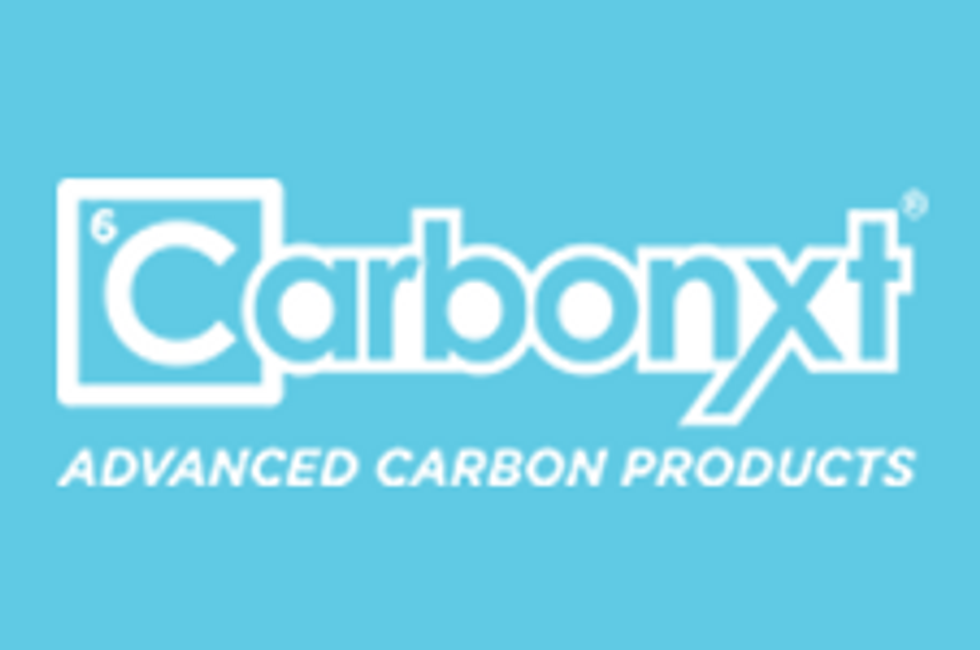 Carbonxt Group (CG1:AU) has announced Convertible Note and Placement
Carbonxt Group (CG1:AU) has announced Convertible Note and Placement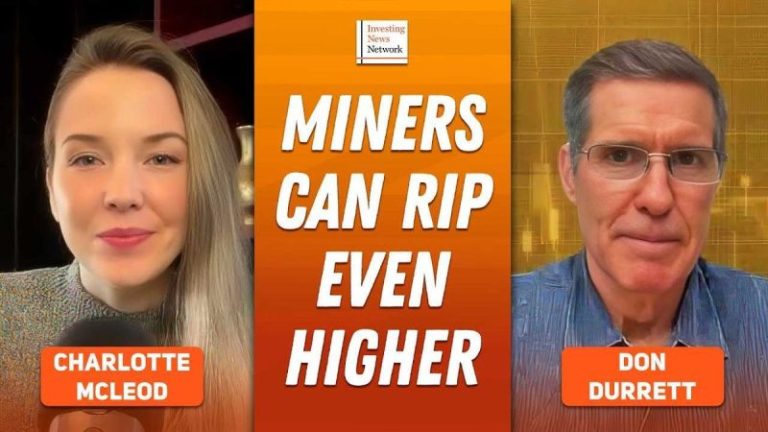
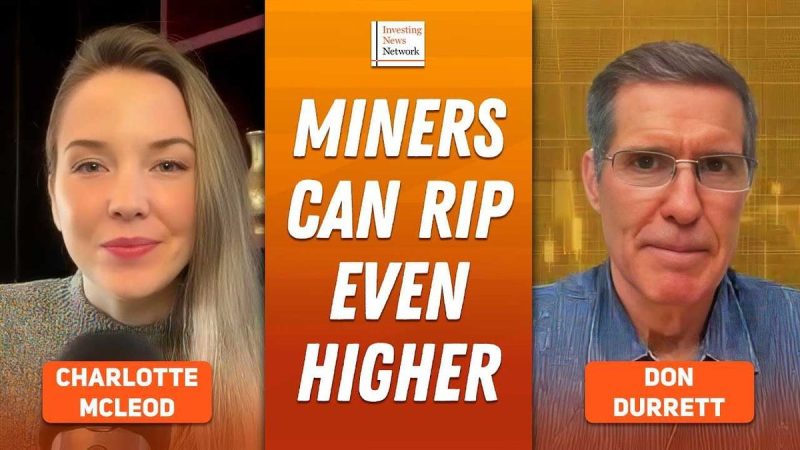



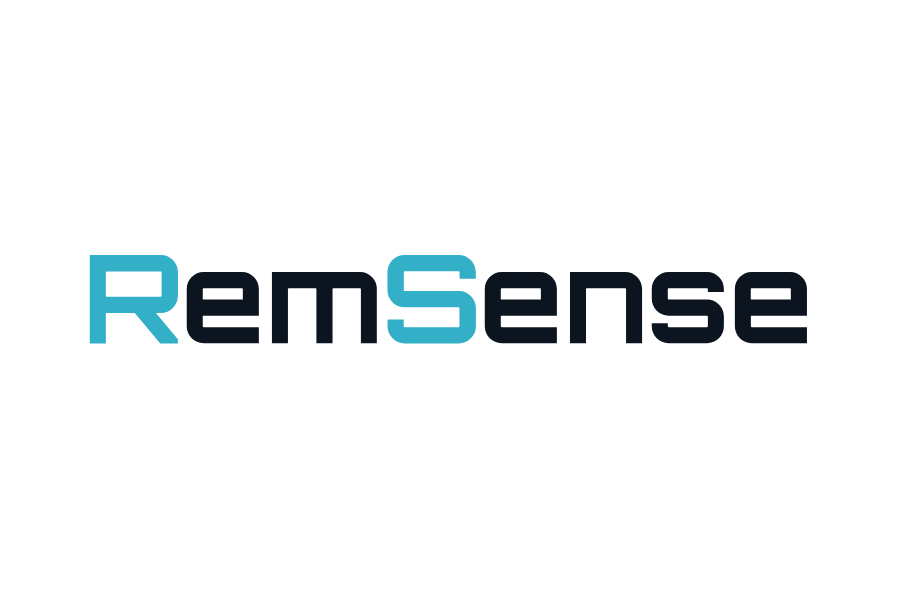 RemSense Technologies (REM:AU) has announced Strategic Entry into Australian Gas Infrastructure Sector
RemSense Technologies (REM:AU) has announced Strategic Entry into Australian Gas Infrastructure Sector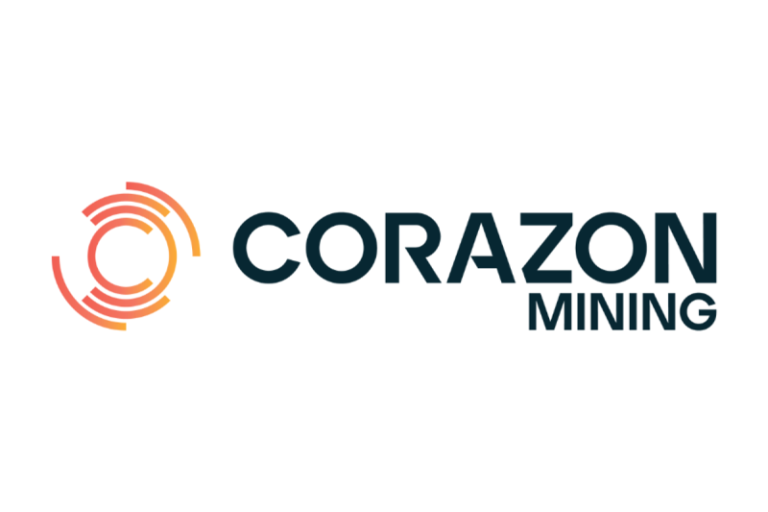

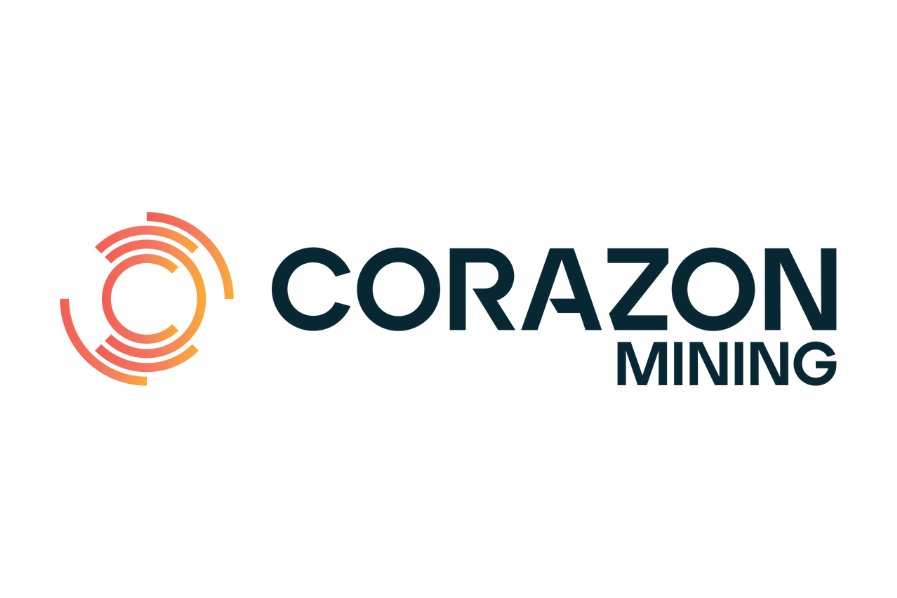 Corazon Mining (CZN:AU) has announced Completes Two Pools Gold acquisition
Corazon Mining (CZN:AU) has announced Completes Two Pools Gold acquisition